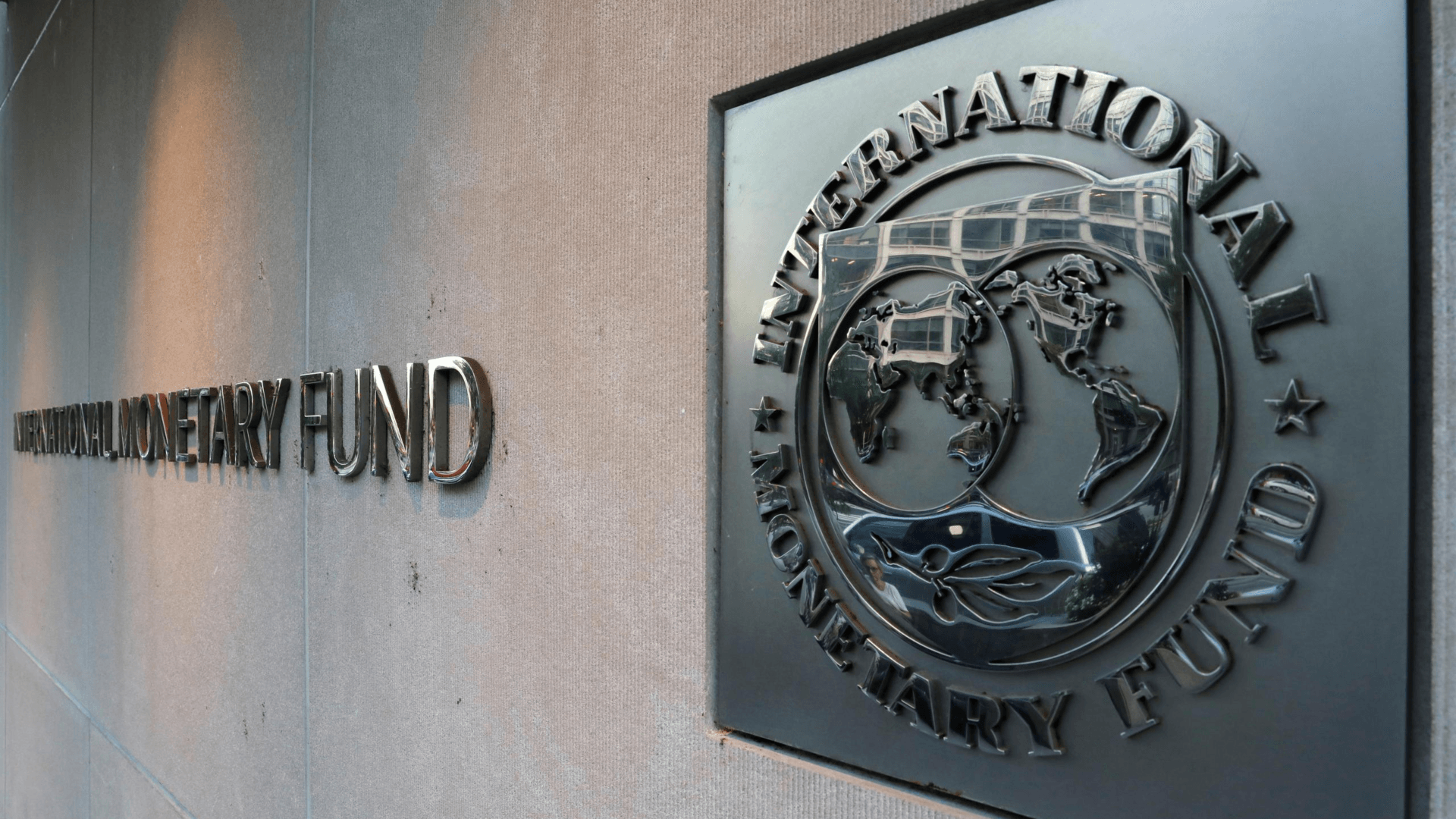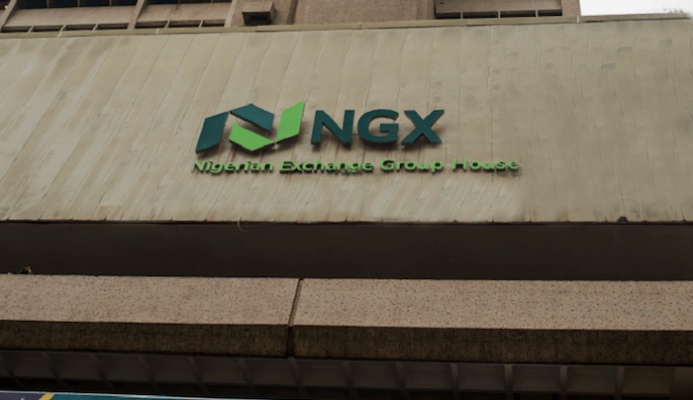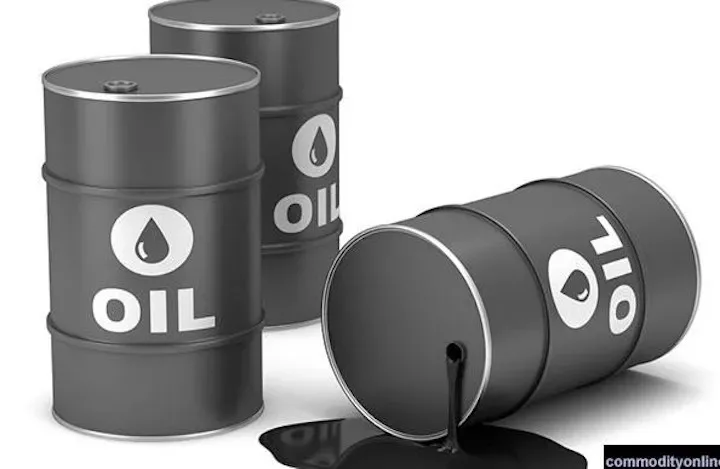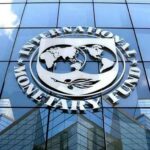According to it, inflation is expected to remain high, and far longer than it had previously forecasted.
Join our WhatsApp ChannelIt said: “With the impact of the war in Ukraine and broadening of price pressures, inflation is expected to remain elevated for longer than in the previous forecast.
“The conflict is likely to have a protracted impact on commodity prices, affecting oil and gas prices more severely in 2022 and food prices well into 2023 (because of the lagged impact from the harvest in 2022).
“For 2022, inflation is projected at 5.7 per cent in advanced economies and 8.7 per cent in emerging market and developing economies—1.8 and 2.8 percentage points higher than in the January World Economic Outlook.
“Inflation in 2023 is projected at 2.5 per cent for the advanced economy group and 6.5 per cent for emerging market and developing economies (0.4 and 1.8 percentage points higher than in the January forecast). However, as with the growth outlook, considerable uncertainty surrounds these inflation projections.”
The IMF added that energy and food prices contributed significantly to the headline inflation in 2021, in varying degrees across the regions. According to it, the sharp hike in oil and gas prices led to an increase in energy costs.
It said: “These increases were the main driver of headline inflation in Europe and to a lesser extent the United States.
“In most emerging market and developing economies rising food prices also played a significant role, as poor weather hit harvests and rising oil and gas prices drove up the cost of fertilizer.
“Higher prices for international food commodities impact countries differently depending on the food share of households’ consumption baskets and the types of foods consumed.
“Households in low-income countries are particularly exposed to changes in the price of staple cereals, with diets often concentrated in just one type of grain.
“Low-income countries where wheat, corn, and sorghum are a large part of the diet (especially in sub-Saharan Africa) have seen inflation almost wholly driven by rising food prices.”
It added that commodity price increases are expected to persist through 2022 before easing, in a way, in


















Follow Us